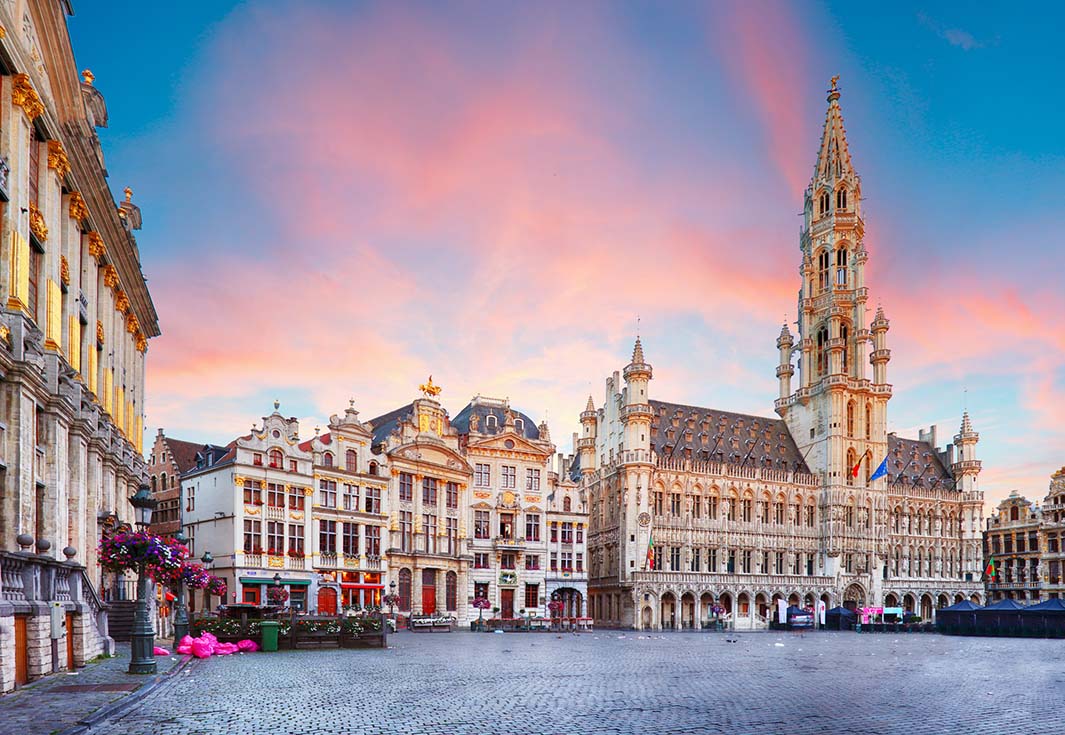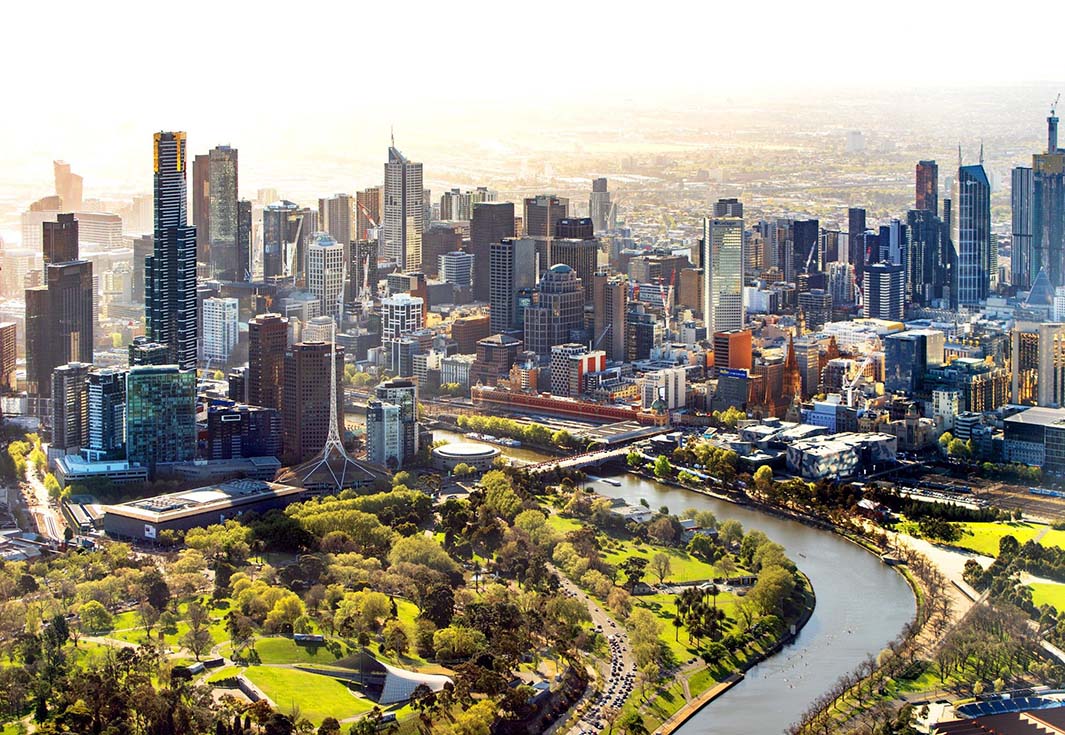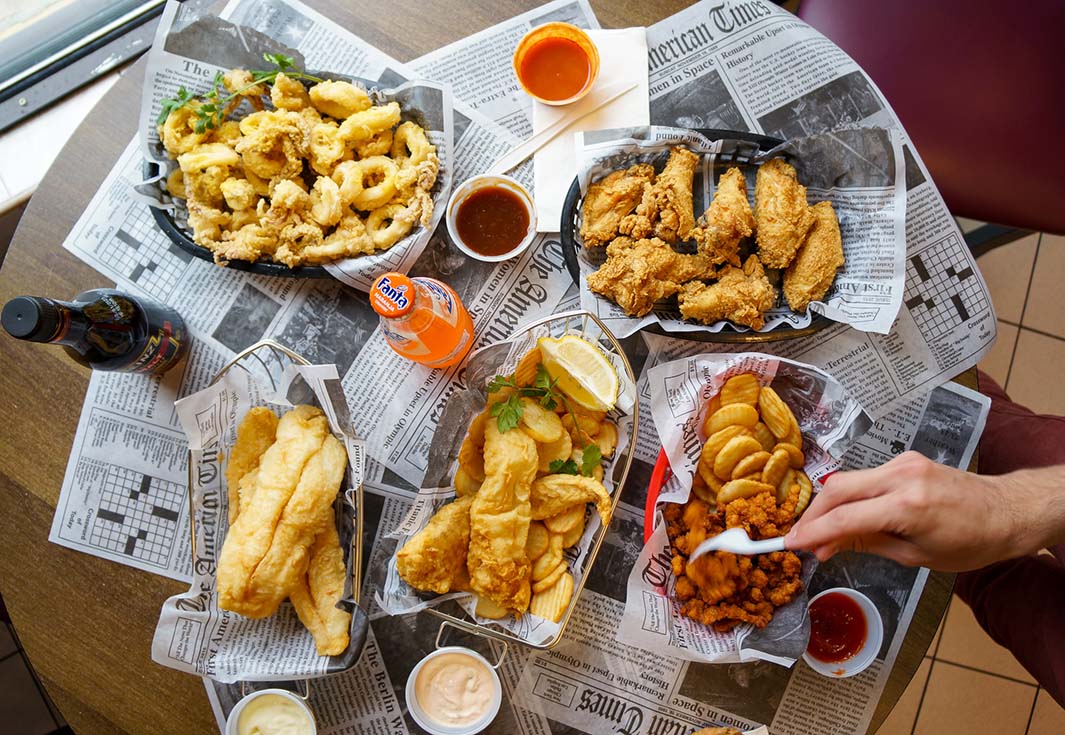Belgium, a country rich in history, culture, and charm, had always been on my travel bucket list. So, when the opportunity arose to explore this European gem, I packed my bags and set off on a journey that I knew would be unforgettable. Belgium is often overshadowed by its larger neighbors, but this small country packs a big punch when it comes to attractions. Whether you’re a history buff, an art lover, or simply someone who enjoys good food and picturesque streets, Belgium has something to offer.
1. The Grand Place, Brussels
As I stepped into the Grand Place, the heart of Brussels, I was immediately struck by the sheer grandeur of the square. Surrounded by opulent guildhalls, the Town Hall, and the King’s House, this UNESCO World Heritage site is a feast for the eyes. The architecture here is a blend of Gothic, Baroque, and Louis XIV styles, making it a stunning visual experience.
What to Expect
The Grand Place is bustling with activity. Whether you’re visiting during the day or at night, the square is alive with tourists, locals, and street performers. I found that visiting in the early morning gave me a chance to appreciate the architecture without the crowds, but the evening is when the square truly shines. The buildings are illuminated, casting a golden glow over the entire area.
Highlights
- Town Hall (Hôtel de Ville): This Gothic masterpiece dominates the square. I took a guided tour to explore the interior, which is just as impressive as the exterior.
- Flower Carpet (La Tapis de Fleurs): If you happen to visit in August of even-numbered years, the Grand Place hosts a massive flower carpet made of thousands of begonias. It’s a sight you won’t want to miss.
Getting There
The Grand Place is located in the heart of Brussels, just a short walk from the Central Station. If you’re staying in the city, it’s easily accessible by foot, but there are also plenty of buses and trams that stop nearby.
2. Atomium, Brussels
No trip to Belgium would be complete without a visit to the Atomium. This iconic structure, built for the 1958 Brussels World’s Fair, represents an iron crystal magnified 165 billion times. It’s both a symbol of Belgium’s post-war modernism and a fascinating piece of architectural history.
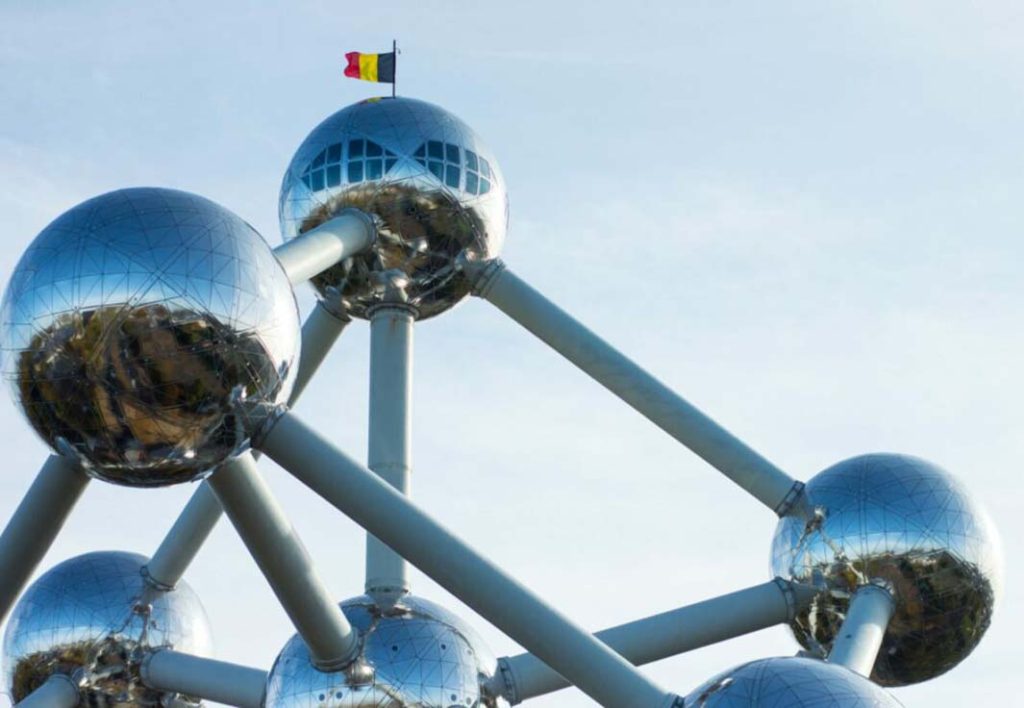
What to Expect
The Atomium is as impressive up close as it is from a distance. I remember feeling like a child again as I ascended through the tubes connecting the spheres. Each sphere hosts exhibitions that tell the story of the Atomium’s creation and the technological optimism of the 1950s.
Highlights
- Observation Deck: The top sphere offers panoramic views of Brussels. I spent a good amount of time here, simply soaking in the cityscape.
- Exhibitions: The lower spheres are home to rotating exhibitions. During my visit, there was a fascinating display on space exploration.
Getting There
The Atomium is located in Heysel Park, a bit outside the city center. I took the metro (Line 6) to Heysel/Heizel station, and from there, it’s just a short walk to the structure.
3. Bruges: The Venice of the North
Bruges was like stepping into a fairy tale. The entire city felt like it was frozen in time, with its medieval buildings, cobblestone streets, and winding canals. I spent an entire day wandering through the city, and it still felt like there was more to discover.
What to Expect
Bruges is incredibly walkable. The city center is compact, and every corner turned revealed another charming scene. I found that early morning and late evening were the best times to explore, as the day-trippers hadn’t yet arrived or had already left.
Highlights
- Belfry of Bruges: Climbing the 366 steps of this 83-meter tower was a challenge, but the view from the top was worth every bit of effort. I could see the entire city spread out beneath me, with its red-tiled roofs and winding canals.
- Canal Cruise: Seeing Bruges from the water was a completely different experience. The cruise provided a unique perspective on the city’s architecture and history.
- Market Square (Markt): This vibrant square is the heart of Bruges. I enjoyed sitting at one of the many cafes, sipping on a Belgian beer, and watching the world go by.
Getting There
Bruges is about an hour’s train ride from Brussels. The train station is a bit of a walk from the city center, but the route takes you through some picturesque streets, making it a pleasant stroll.
4. Ghent: A Medieval Marvel
Ghent is often overshadowed by Bruges, but I found it to be equally, if not more, captivating. This city is a blend of medieval charm and vibrant modern life. The canals, impressive cathedrals, and bustling squares all make Ghent a must-visit.
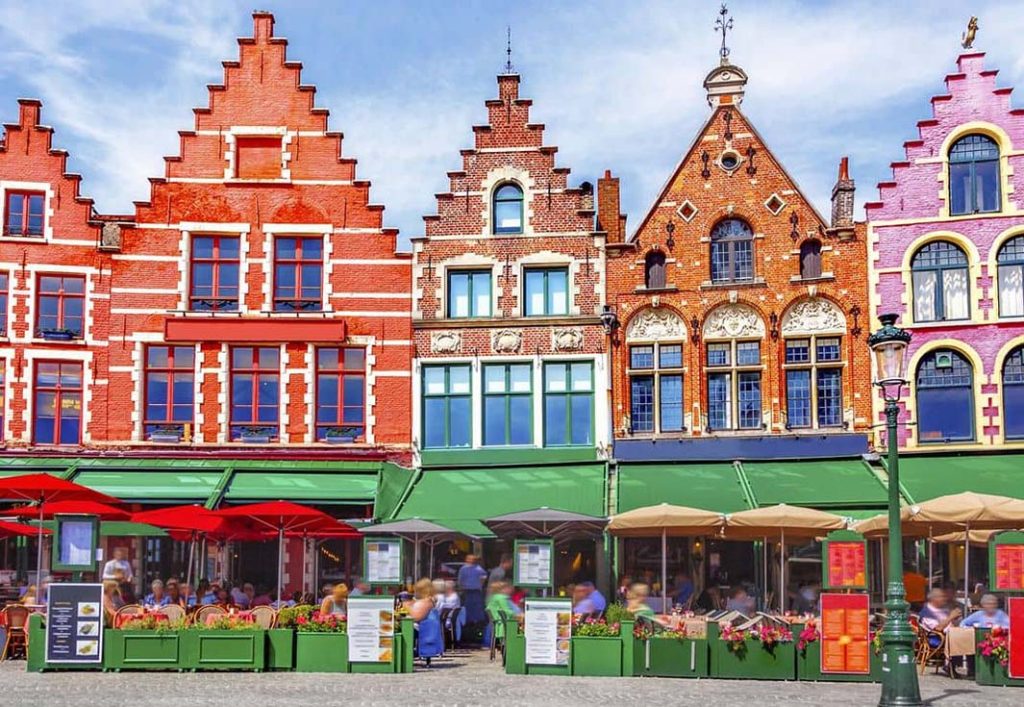
What to Expect
Ghent is less touristy than Bruges, which means you can explore at a more relaxed pace. I found the city to be lively but not overwhelmingly crowded. The local university adds a youthful energy, with plenty of cafes, bars, and restaurants to enjoy.
Highlights
- Gravensteen Castle: This medieval fortress, right in the city center, was a highlight of my trip. Walking through its stone halls and climbing the towers felt like stepping back in time.
- St. Bavo’s Cathedral: Home to the famous Ghent Altarpiece, this cathedral is a masterpiece of Gothic architecture. I spent hours admiring the intricate details and the stunning artwork.
- The Graslei and Korenlei: These two streets along the canal are lined with historic buildings. I loved walking along the water, especially at sunset when the buildings were bathed in golden light.
Getting There
Ghent is about a 30-minute train ride from Brussels. The city is well-connected by public transport, and most attractions are within walking distance from the central station.
5. Antwerp: The Diamond Capital
Antwerp, known for its vibrant fashion scene, impressive architecture, and being the world’s diamond trading hub, was a city that surprised me with its blend of old and new. The city has a cool, cosmopolitan vibe, with plenty to see and do.
What to Expect
Antwerp is a city that buzzes with energy. The historic city center is compact and easy to navigate on foot, but there’s also a modern side to the city, with trendy shops, art galleries, and cutting-edge architecture.
Highlights
- Cathedral of Our Lady: This Gothic cathedral is home to several of Rubens’ masterpieces. The soaring spire is visible from almost anywhere in the city, making it a perfect landmark.
- MAS (Museum aan de Stroom): This museum was one of my favorite stops in Antwerp. The building itself is a work of art, and the exhibitions inside are just as impressive. Don’t miss the rooftop, where you get panoramic views of the city and the port.
- Diamond District: Even if you’re not in the market for diamonds, walking through this district is fascinating. The sheer number of diamond shops and the bustling atmosphere make it a unique experience.
Getting There
Antwerp is just a 40-minute train ride from Brussels. The city’s main station, Antwerpen-Centraal, is an architectural marvel in itself and a great starting point for your exploration.
6. Leuven: The Student City
Leuven, home to one of the oldest universities in the world, has a youthful and vibrant atmosphere. The city is known for its beer culture, beautiful architecture, and lively student life. It’s a bit off the typical tourist trail, but I found it to be a refreshing change from the more crowded cities.

What to Expect
Leuven is smaller than Brussels or Antwerp, making it easy to explore in a day. The city’s compact size doesn’t mean there’s a lack of things to do, though. I enjoyed the relaxed pace of life here, with plenty of time to sit in cafes, explore local shops, and take in the historic sites.
Highlights
- Town Hall (Stadhuis): This Gothic building is one of the most ornate town halls I’ve ever seen. The detailed facade is a work of art, and the interior is just as impressive.
- Old Market Square (Oude Markt): Known as the “longest bar in the world,” this square is lined with cafes and bars. It’s the perfect place to grab a drink and soak in the local atmosphere.
- University Library: The library and its bell tower are a symbol of Leuven. I climbed to the top of the tower for a great view of the city.
Getting There
Leuven is just a 20-minute train ride from Brussels. It’s easy to do as a day trip, but I ended up staying the night to fully experience the city’s vibrant nightlife.
My journey through Belgium was filled with awe-inspiring architecture, rich history, and mouth-watering cuisine. Each city I visited had its own unique charm, making it difficult to pick a favorite. Whether you’re drawn to the bustling streets of Brussels, the fairy-tale canals of Bruges, the artistic vibe of Antwerp, or the medieval marvels of Ghent, Belgium has something for every traveler. If you’re planning your first trip to this amazing country, I hope this guide helps you make the most of your visit.
